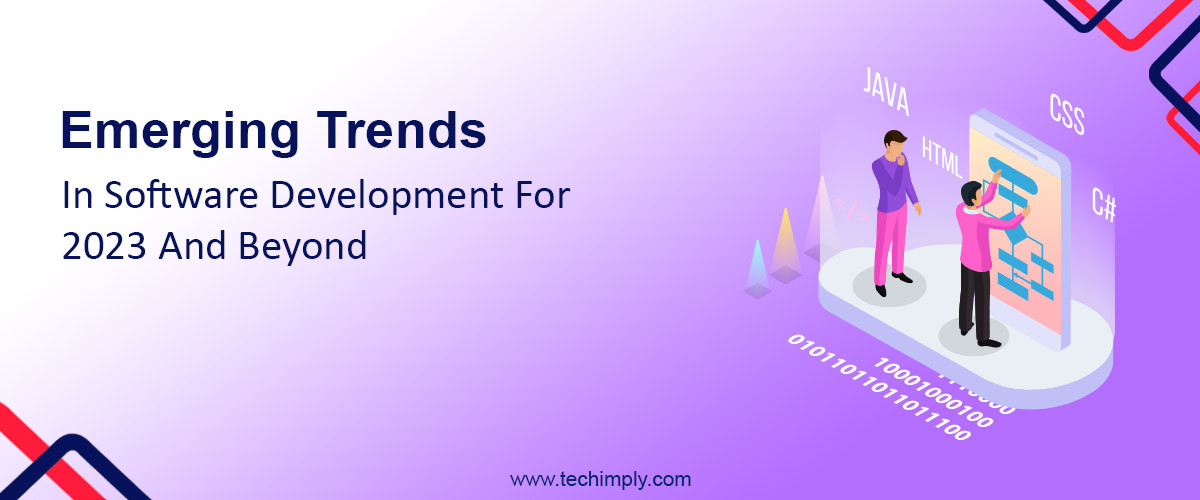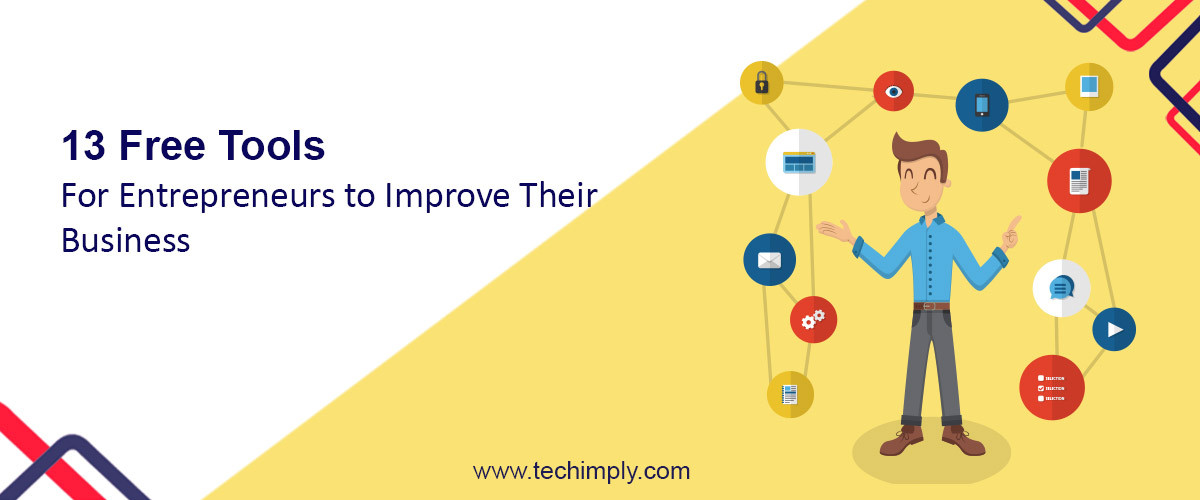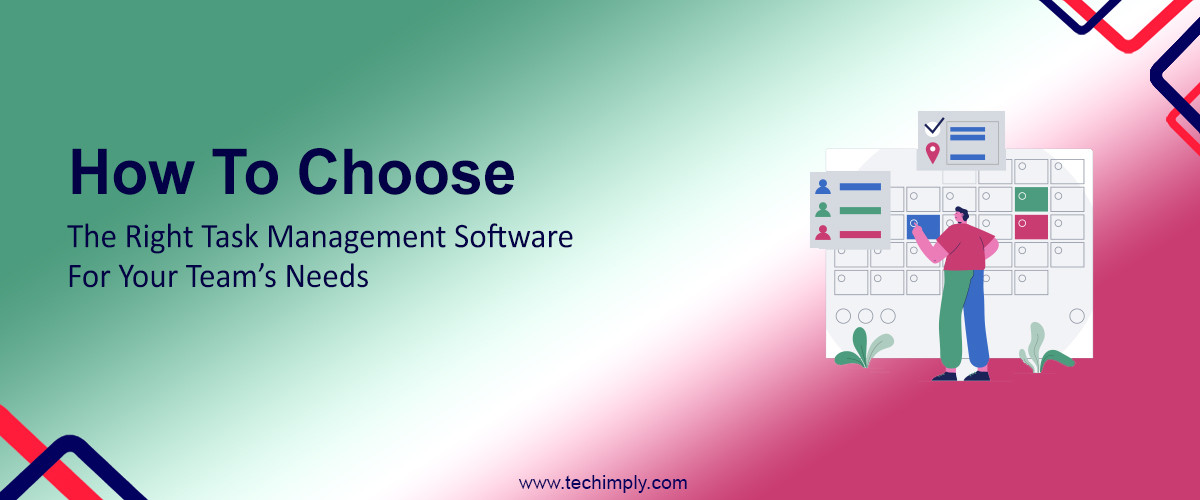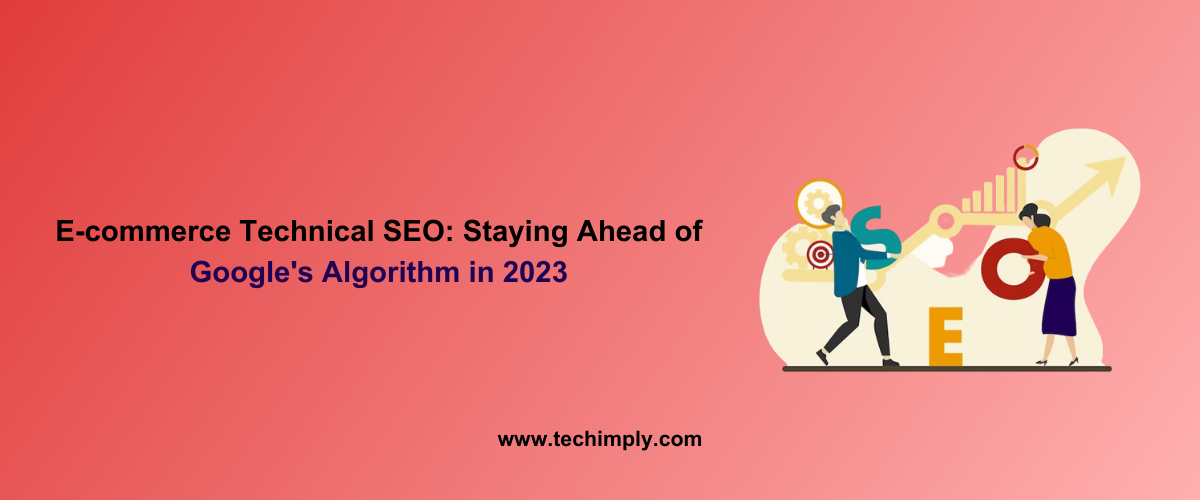In the realm of software development, change is a constant. It's marked by the continuous arrival of new technologies and methods. Looking forward to the years beyond 2023, we can anticipate the emergence of significant trends that will shape the industry's direction.
These trends aim not only to enhance efficiency, strengthen security, and streamline operations but also to provide creative solutions to the challenges developers face. In our upcoming discussion, we'll explore these dynamic forces actively shaping the course of this field.
Artificial Intelligence And Machine Learning Integration
Artificial Intelligence and machine learning, often interlaced, each illustrate different elements of computational intelligence. AI contains an extensive field of design techniques. They are competent in accomplishing tasks traditionally related to human intelligence.
Those include comprehending natural language, identifying patterns, and driving decisions. In contrast, machine learning represents a specialised domain within AI. It focuses on the outcome of algorithms that allow computers to pull insights from data. It can help generate forecasts or judgements in response.
Integration in Practise:
-
Natural Language Processing (NLP) Natural Language Processing (NLP) models, fueled by AI, such as the well-known GPT-3, stand as a testament to extraordinary advancements in the realm of language comprehension and generation. When integrated into the domain of machine learning models, they unleash possibilities for crafting chatbots, refining language translation, and elevating the caliber of content creation by delivering an enhanced degree of contextual relevance and accuracy.
-
Recommendation Systems. Recommendation Systems. Modern businesses seeking to harness the power of AI and ML to enhance their digital platforms often turn to nearshore software development companies for their expertise in creating sophisticated recommendation engines. These systems delve into user preferences and behaviours, seeking to understand and predict individual user actions. Following this, machine learning algorithms come into play to personalise recommendations spanning products, content, and services. This approach works to enrich the overall user experience, delivering a finely tailored user journey that caters precisely to individual preferences.
-
Predictive Analytics. Incorporating predictive capabilities into these models provides companies with the proactive ability to anticipate forthcoming trends and customer behaviours. This offers a wealth of benefits, particularly in refining inventory management, precise demand projection, and the effective implementation of strategies for predictive maintenance. Thereby optimising operational efficiency and cost-effectiveness.
-
Computer Vision. The integration of computer vision technology stands as a substantial enhancement for these models. That enables an in-depth examination of both images and videos. Its potential bears immense advantages across a diverse spectrum of applications, encompassing facial recognition, pinpoint object detection, and the advancement of sophisticated functionalities within autonomous vehicle systems.
-
Healthcare. AI assumes a central role in extracting invaluable insights from the expansive landscape of medical data, and machine learning harnesses these insights to construct sophisticated predictive models. This convergence ushers in a transformative era for disease diagnosis, expedites the drug discovery process, and raises the bar for the quality of patient care, marking a significant leap forward in healthcare innovation.
Web3 And Decentralised Applications (DApps)
Web3 signifies a fresh epoch in the realm of the internet, characterized by its user-centric and decentralized philosophy. In stark contrast to the conventional internet, which relies heavily on centralized servers and intermediaries, it finds the foundation in the world of blockchain technology. This shift towards decentralization and the seamless incorporation of blockchain promises the prospect of elevated transparency, fortified security, and a heightened level of user authority over their data and digital assets.
Numerous potential applications stem from this transformative concept, including but not limited to:
-
Finance. In the sphere of decentralized finance (DeFi), they usher in innovative financial solutions encompassing peer-to-peer lending, borrowing, and trading, all achieved without the need for the involvement of traditional intermediaries, such as conventional banking institutions.
-
Gaming. Decentralized applications (DApps) rooted in blockchain technology are heralding a revolution in the gaming industry, granting gamers genuine ownership of in-game assets and ensuring provably fair gameplay experiences.
-
Supply Chain. Their significance lies in their essential role in heightening transparency and traceability within supply chain management, resulting in a notable decrease in instances of fraud and errors.
-
Content Distribution. Content creators effectively leverage the potential of DApps to assert enhanced control over their creative works, guaranteeing fair compensation and an open, transparent framework for the distribution of royalties.
Despite the considerable potential of Web3 and DApps, they do face obstacles, including issues related to scalability, the enhancement of user experiences, and the intricate landscape of regulations. Nevertheless, the technology community maintains a steadfast dedication to overcoming these challenges, embarking on ongoing research to pave the way for a more promising future.
Low-Code and No-Code Development
Low-code and no-code solutions are creating significant ripples as revolutionary innovations, fundamentally reshaping the software development arena. These pioneering approaches are forging a path toward democratizing the development process, broadening access to a more extensive and diverse demographic, and accelerating the mobile app development timeline.
-
Key Features of Low-Code
Low-code solutions often feature user-friendly drag-and-drop interfaces, empowering developers to visually design user interfaces and define application logic with remarkable simplicity and effectiveness. These platforms frequently provide a wealth of pre-built components and integrations within their repositories.
They streamline the task of reusing and customizing functionalities to address specific needs. Furthermore, they excel at automating a myriad of deployment processes, streamlining the transition from application development to the production phase.
They demonstrate their versatility by catering to a wide array of applications, ranging from simple mobile apps to complex enterprise-level systems. They excel at providing adaptability and scalability, making them a suitable choice for a diverse range of use cases.
-
Key Features of No-Code
No-code platforms broaden their impressive accessibility to a wide-ranging user base, addressing the needs of not only business analysts and designers but also visionary entrepreneurs. Users of these platforms can craft applications by assembling pre-configured components, alleviating the need to delve into the intricacies of coding.
No-code development platforms truly excel when it comes to swiftly prototyping ideas and validating concepts, making it an invaluable tool for driving innovation. Many platforms offer effortless integration features, establishing seamless connections with third-party services. It enables users to effortlessly link their applications with external data sources and a variety of tools.
Quantum Computing
In the sphere of traditional computing, data is managed in binary format, symbolized by bits fluctuating between the states of 0 and 1. In stark contrast, quantum computing introduces the notion of qubits. These quantum bits can simultaneously exist in a multitude of states, courtesy of the intriguing principle of superposition. This distinctive feature endows quantum computers with the capacity to concurrently explore numerous potential solutions. It’s an unparalleled capability that greatly enhances their processing power, particularly in tackling specific types of problems. How can this innovation be harnessed for practical applications?
-
Cybersecurity. The emergence of this technology ushers in a world replete with both challenges and prospects within the domain of cryptography. While established cryptographic methods may encounter potential vulnerabilities with the advance of quantum computing, it simultaneously offers an opening to innovate and create entirely new, ultra-secure encryption techniques.
-
Optimization. Quantum computing's capabilities stretch into the kingdom of optimization, offering the potential to drastically accelerate the resolution of intricate problems in domains such as logistics, finance, and supply chain management. This can result in a more streamlined and prompt identification of optimal solutions.
-
Accelerated. Drug Discovery It assumes a crucial role in the realm of drug discovery by offering precise simulations of molecular interactions. This exceptional capability not only expedites the drug development timeline but also paves the way for the invention of groundbreaking medications.
-
Materials Advancement. It simplifies the creation of novel materials endowed with remarkable properties, potentially acting as a catalyst for groundbreaking changes in sectors like electronics and energy storage.
Quantum computing undeniably finds itself in the nascent phases of its evolution, wrestling with an array of issues demanding resolution. These challenges encompass the critical domains of error correction, scalability, and the requirement for custom, specialized hardware.
However, the field is anything but stagnant. Prominent technology pioneers and nimble startups are actively pushing the boundaries of this burgeoning frontier. Quantum computers are gradually becoming more available to researchers. Dedicated quantum algorithms are undergoing vigorous development to address specific problem sets.
Edge Computing
Edge computing heralds a transformative approach by decentralizing the intricate task of data processing and strategically moving it closer to the very source or device that generates it. This pivotal shift is instrumental in reducing latency and markedly amplifying the ability to process data in real-time.
In stark contrast to the conventional realm of cloud computing, where data embarks on a journey to centralized data centers for processing, it revolutionizes the landscape by dispersing computational resources throughout a network. That meticulously positions them in proximity to the precise points of data origination.
The impact of edge computing resonates profoundly across various industries and application domains.
-
IoT Advancements. It serves as a pivotal component within the field of IoT (Internet of Things) by facilitating on-site data processing. It consequently reduces the need for continuous data transmission to distant cloud servers. This in itself results in more rapid response times and cost savings related to data transfers. In the realm of IoT advancements, particularly in the development of smart cities and autonomous vehicles, smart mobility solutions are playing a crucial role in shaping the future of urban transportation and connectivity
-
Empowering Autonomous Vehicles: Edge computing assumes a central role in the world of autonomous vehicles. That enables the real-time processing of data to enhance functions such as navigation, object recognition, and vital safety systems.
-
Smart cities are reinvented. Within the sphere of smart city application development, edge computing stands as an indispensable component. It contributes significantly to functions like traffic management, environmental monitoring, and the reinforcement of public safety.
-
High-Performance Telecommunications. The telecommunications industry relies on edge computing as its technological cornerstone, guaranteeing the provision of low-latency, high-bandwidth services, including the revolutionary 5G networks.
-
Enhancing Manufacturing. In the manufacturing sector, it plays a pivotal role in the domain of real-time machinery monitoring and control. This pivotal contribution leads to the improvement of operational efficiency and the reduction of downtime, a crucial element within the manufacturing process.
Summing Up
As we move deeper into 2023 and the subsequent years, various trends in the domains of AI, blockchain, low-code development, quantum computing, containerization, edge computing, security, and sustainability will exert significant influence over the approaches utilized in the creation and deployment of software solutions.
Active and strategic adoption of these trends, alongside their efficient implementation, will emerge as the cornerstone for shaping inventive, secure, and environmentally conscious software solutions designed for the future. Developers who exhibit agility and a forward-thinking approach are ideally situated to thrive in this ever-changing industry.






